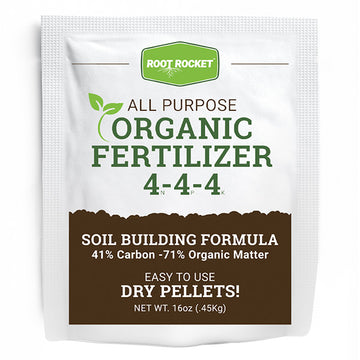You may have heard of citronella candles or using citronella for repelling mosquitoes, but there is so much more to the citronella plant. This fragrant herb has many benefits beyond repelling insects and there is more than one type of citronella plant. Read on to learn about the benefits of citronella.
Citronella Plants
Citronella plants, (Pelargonium citronellum) are perennial in zones 9, 10, and 11, but can be grown as patio plants or annuals in cooler climates throughout the United States. These plants only grow about 2 to 3 feet tall and wide so they are perfect for pots. They have good drought tolerance, so you won’t need to water these plants every day. In fact, these plants are very easy to grow. Citronella plants prefer full or part sunlight conditions and well-drained soil. Deer avoid these citrus scented plants.
Benefits of the Citronella Plant
- One of the most well-known uses of citronella plants is as a mosquito repellent. It functions well in this capacity whether placed around your living area (“fluff” it up when you go outside) or rubbed on skin or made into an oil or spray. Citronella also repels other bugs like flies.
- Citronella is safe for bees, and won’t repel spiders or other useful insects. Hummingbirds and butterflies don’t mind citronella either. This plant just repels the biting insects we hate!
- Citronella can be used as a culinary herb. It is used in teas and desserts. Scented geraniums can also be used to flavor cakes, butter, jellies, ice cream and other dishes including meat and salad.
- Dry the leaves for use as a potpourri.
- Add scent and texture to a floral arrangement with citronella stems and leaves.
- Pelargonium species are native to Africa where they have been used to treat intestinal, kidney, and respiratory issues, wounds, fevers, and more health conditions.
- Pelargonium oil is also used as a relaxant in aromatherapy.
- Pelargonium citronellum have an uplifting, citrus fragrance that promotes positivity and improved mood.
- Citronella plants are attractive in pots and in the landscape. They have pretty and unique foliage that is rich in texture and pretty pink blooms that bloom throughout summer.
How to Make Citronella Oil
Essential citronella oil comes from lemongrass plants (Cymbopogon winterianus). The oil that comes from Pelargonium citronellum is known as geranium oil. Late summer is the best time to cut back your plants to distill them for oil.
Extracting essential oils is not an uncomplicated process, but here are the basics. Add water and dried lemongrass to a pressure cooker. Turn on the stove. Shut the lid without using the pressure regulator. Use a metal pipe over the steam release valve. Put the other end of the pipe in a container that is placed in a bowl that is filled with water and ice. The top of the jug or container should also be covered with a small bowl or cup and filled with ice. Once the process is complete, pour the condensed water into a glass. The oil will float to the top and can be collected. This process doesn’t provide much oil, but the water and oil mixture can be used in a diffuser and last for quite some time.
For Pelargonium citronellum plants, I recommend simply crushing the leaves in your hands to release the oils and rub them on your skin to help repel insects. I’ve found it to be an effective repellent when used in this manner.
How to Make Citronella Spray From Plant
By using the distilling process above you can use the evaporated liquid to make a citronella spray. You can also simply brew lemongrass tea to create a citronella tea spray.
You can also steep Pelargonium citronellum just like you would tea to create a citronella spray. Allow the mixture to cool and spot test before applying all over your skin.
Citronella Plants as Mosquito Repellents
I have read lots of mixed reviews on these plants being true bug repellents. I have personally found them to be effective if used properly. As I said previously, the leaves should be crushed and rubbed directly onto the skin to be effective as a mosquito repellent. I am extremely delicious to mosquitoes. I have sensitive skin and have had no issues with the “citronella” oil on my skin and had a significant reduction in bites when using this method. When using the plants in your landscape, give each plant a little tussle and maybe even a few pinches when hanging out outside. This helps release the oils. The plants are most ready to release their oils in the heat of summer, which is fortunate because this is when the evil mosquito is at its prime.
As you see there are many benefits and uses of citronella plants. While they can help to repel mosquitos, they are also interesting plants that look neat on your patio or deck. Of course, these plants aren’t going to keep you bite free like DEET or other harsh bug repellents, but they do help with no negative or harmful effects. These charming plants have other uses like aromatherapy, flavoring teas and food, flower arrangement additions, and they look nice around your patio or deck. Buy citronella plants today! Happy planting!
Browse all of our Insect Repellent Plants!
You May Also Like:




